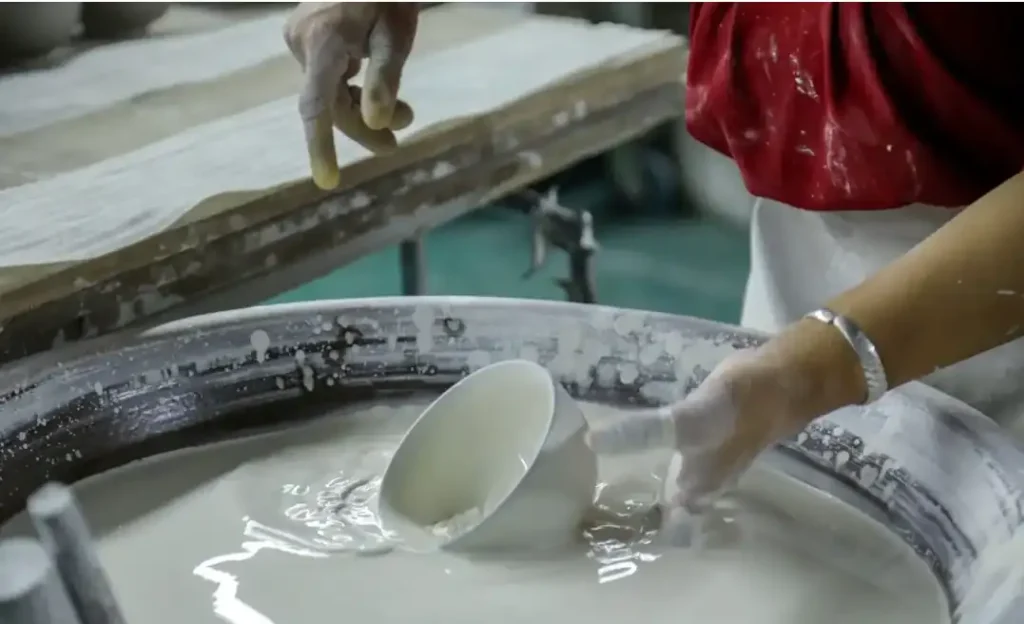Messi Biology indicates that the application of magnesium oxide (MgO) in sodium silicate is multifaceted. By adjusting its addition amount and reaction conditions, the properties of sodium silicate aqueous solutions can be controlled and optimized. These applications help improve the quality and performance of related products and meet the needs of specific fields.
I. Chemical Reactions
When magnesium oxide is added to a sodium silicate aqueous solution, a series of chemical reactions occur. Because magnesium oxide can react with water to form magnesium hydroxide (a moderately strong base), this reaction changes the acidity and alkalinity of the solution, causing the pH of the sodium silicate aqueous solution to rise, thereby affecting the stability and solubility of sodium silicate.
II. Performance Adjustments
- Viscosity and Freezing Point: The addition of magnesium oxide can also affect the viscosity and freezing point of the sodium silicate aqueous solution. Due to the formation of magnesium hydroxide, the ion concentration and charge distribution in the solution change. These changes can lead to alterations in the physical properties of the sodium silicate aqueous solution.
- Adsorption Performance: Under specific conditions, such as adding a small amount of sodium silicate during the synthesis of rod-shaped magnesium oxide, the adsorption performance of magnesium oxide for certain substances in aqueous solutions can be improved. This enhancement in adsorption performance may be related to the influence of sodium silicate on the surface alkalinity and morphology of magnesium oxide.
III. Application Areas

- Ceramic Manufacturing
- Enhancing Ceramic Hardness: In the ceramic manufacturing process, the appropriate addition of sodium silicate and magnesium oxide can significantly enhance the hardness of the material, making ceramic products more robust and durable.
- Optimizing Ceramic Performance: The interaction between sodium silicate and magnesium oxide can also improve the water impermeability, toughness, and wear resistance of ceramics, thereby enhancing the overall performance of the ceramic.
- Building Materials
- Concrete Admixture: Sodium silicate is often used as a concrete admixture, and the addition of magnesium oxide can affect the hardening speed and strength of concrete. By adjusting the amount of magnesium oxide added, the properties of concrete can be controlled to meet specific engineering needs.
- Waterproof and Leak-Stopping Materials: The combination of sodium silicate and magnesium oxide can also be used to prepare waterproof and leak-stopping materials. Through their chemical reactions and solidification, they form a hard waterproof layer, effectively preventing water penetration.
- Refractory Materials
- Improving Refractory Performance: Both sodium silicate and magnesium oxide are important raw materials for refractory materials. Their combined use can significantly improve the refractory performance and corrosion resistance of refractory materials.
- Optimizing Production Processes: By studying the interaction between sodium silicate and magnesium oxide, the production process and formulation of refractory materials can be optimized, thereby improving product quality and performance.
- Other Applications
- Catalyst Support: In certain chemical reactions, the combination of sodium silicate and magnesium oxide can serve as a catalyst support, improving the activity and stability of the catalyst.
- Adsorption Materials: Through specific synthesis methods and conditions, the combination of sodium silicate and magnesium oxide can also be used to prepare highly efficient adsorption materials for removing harmful substances from wastewater or for other separation processes.
